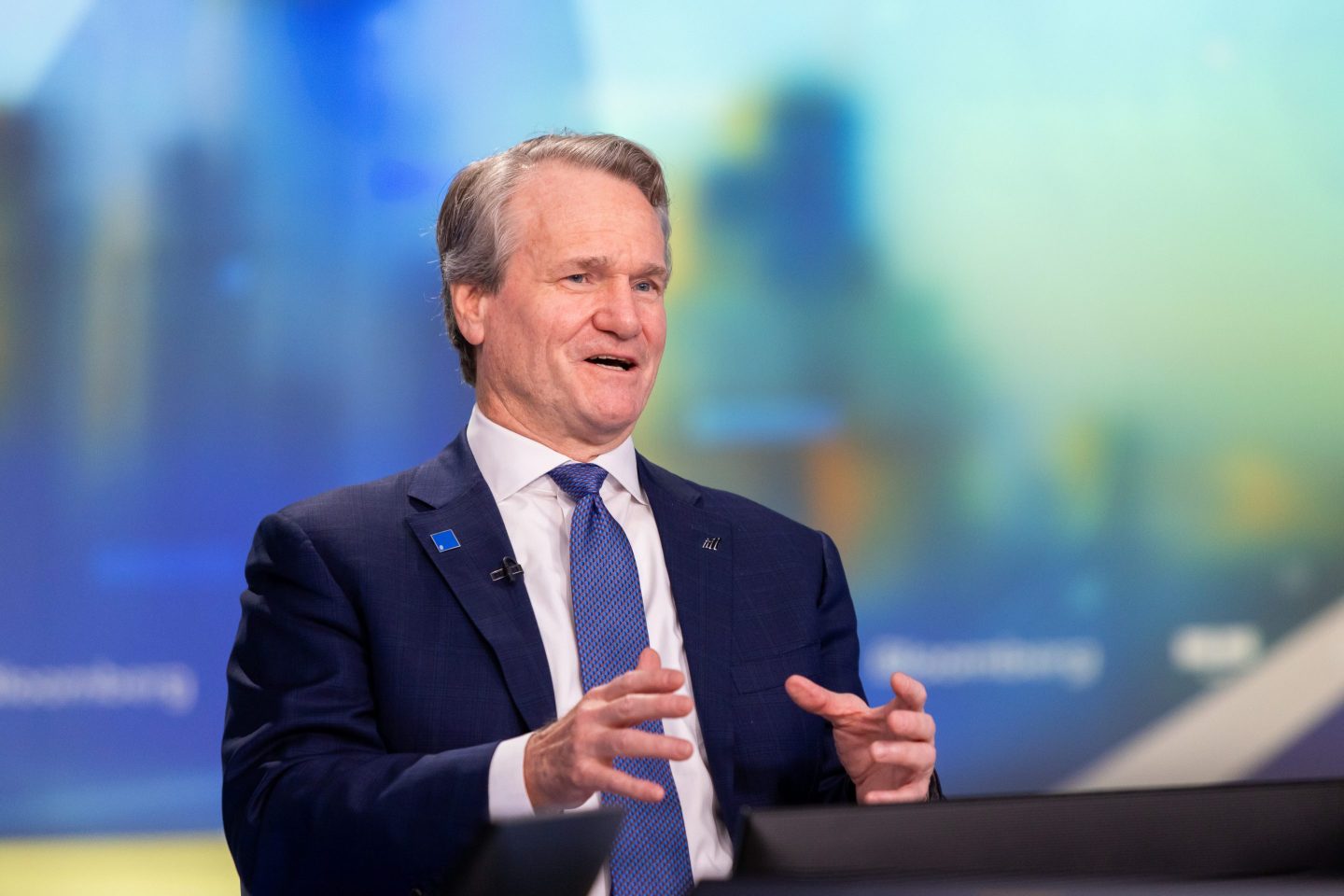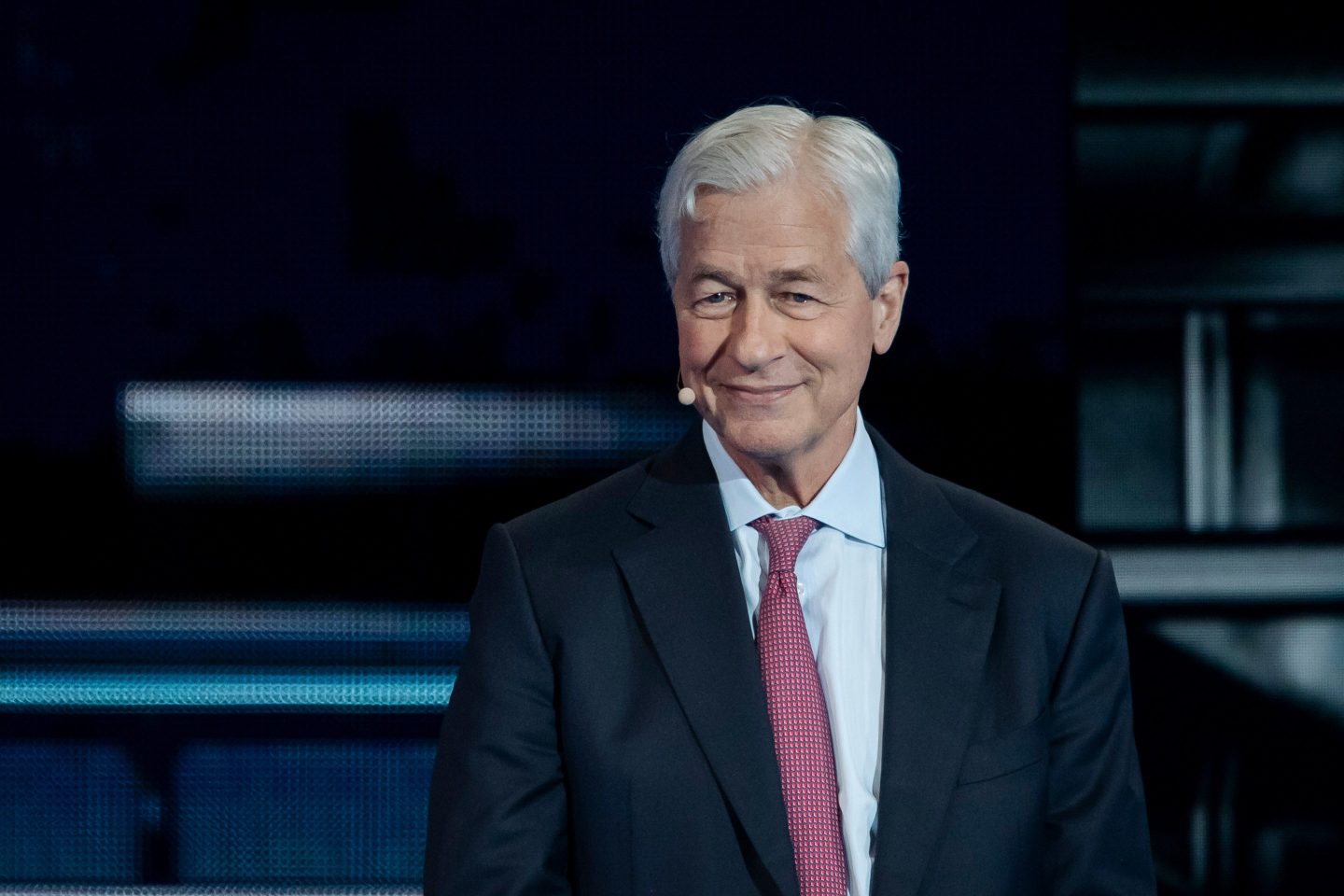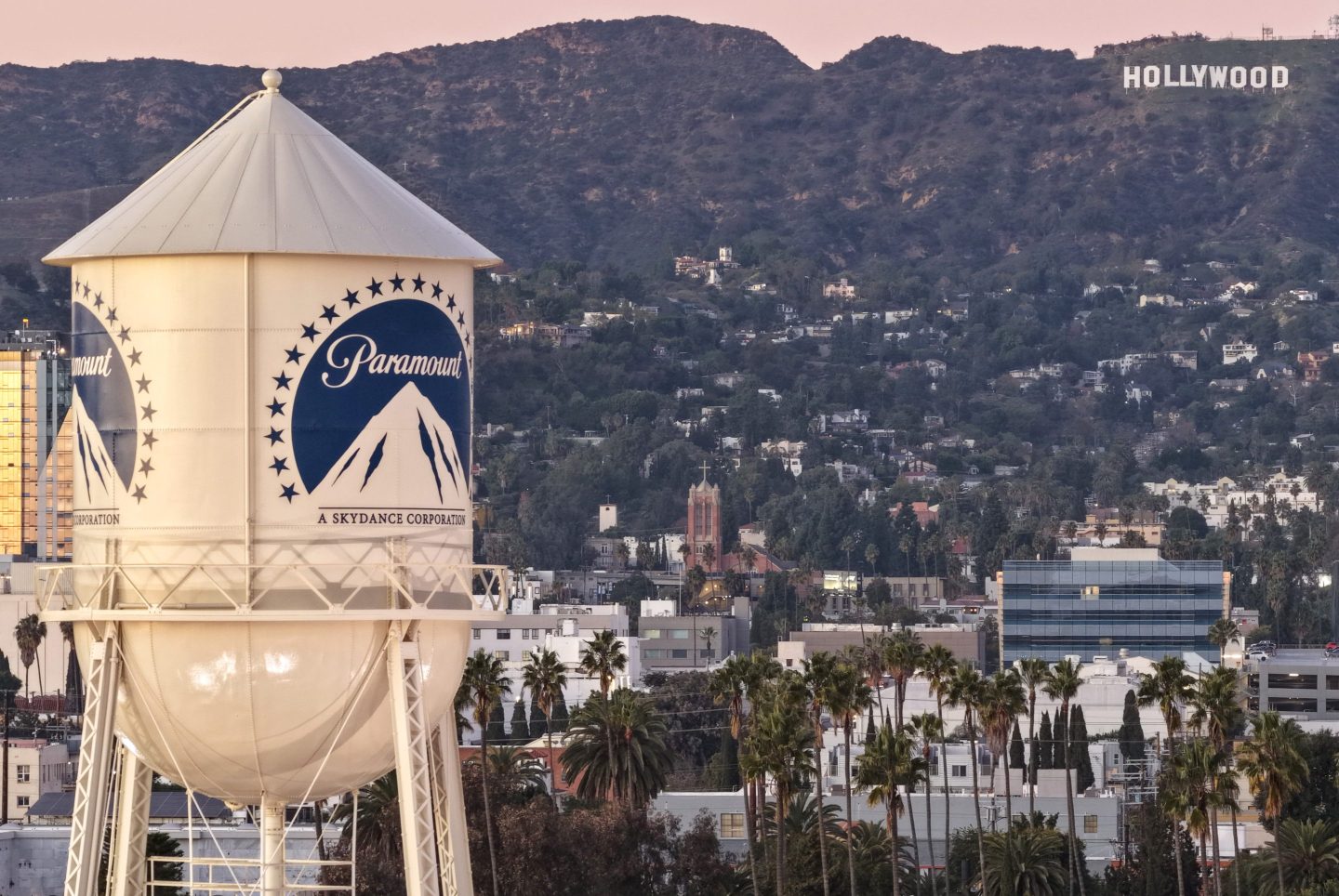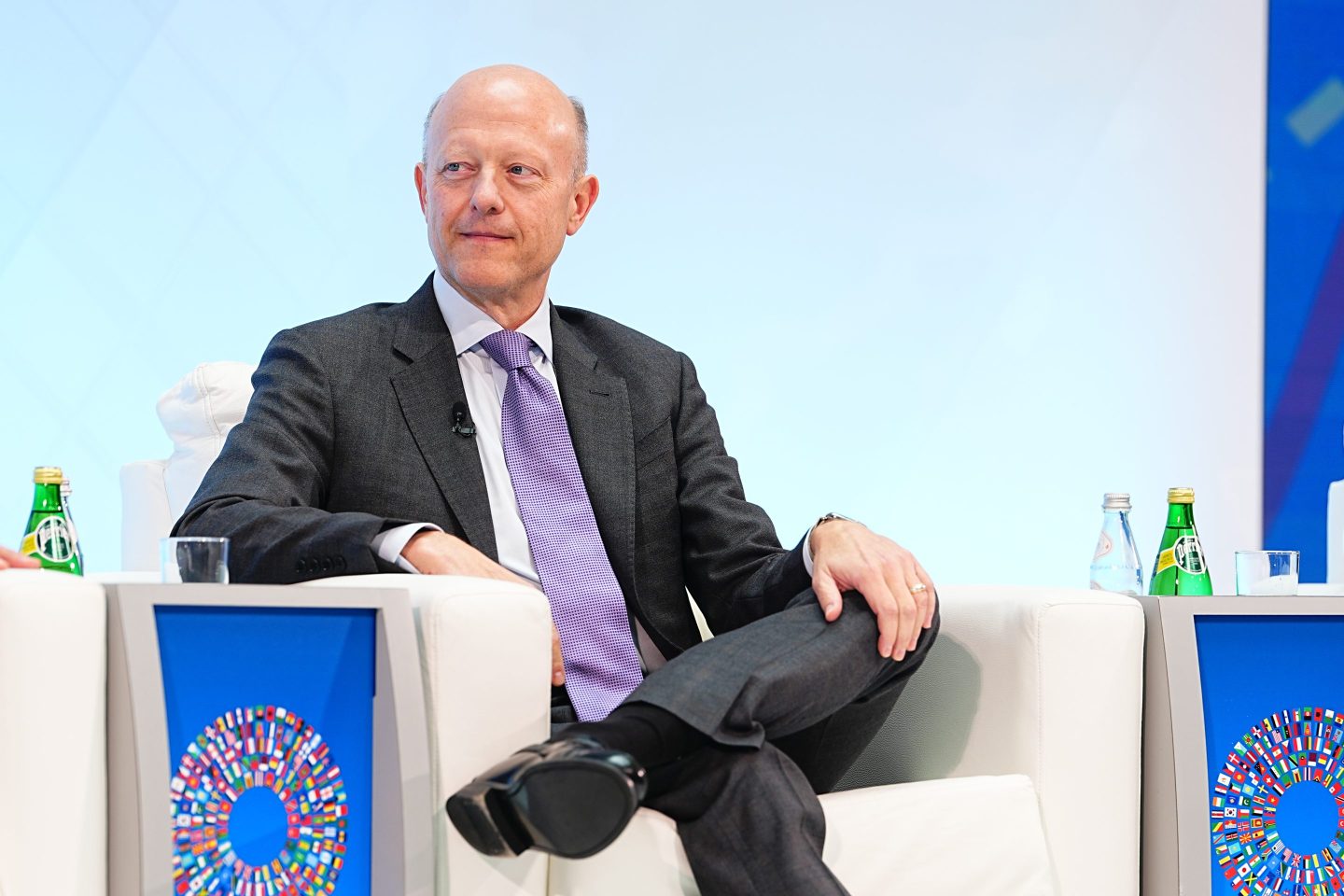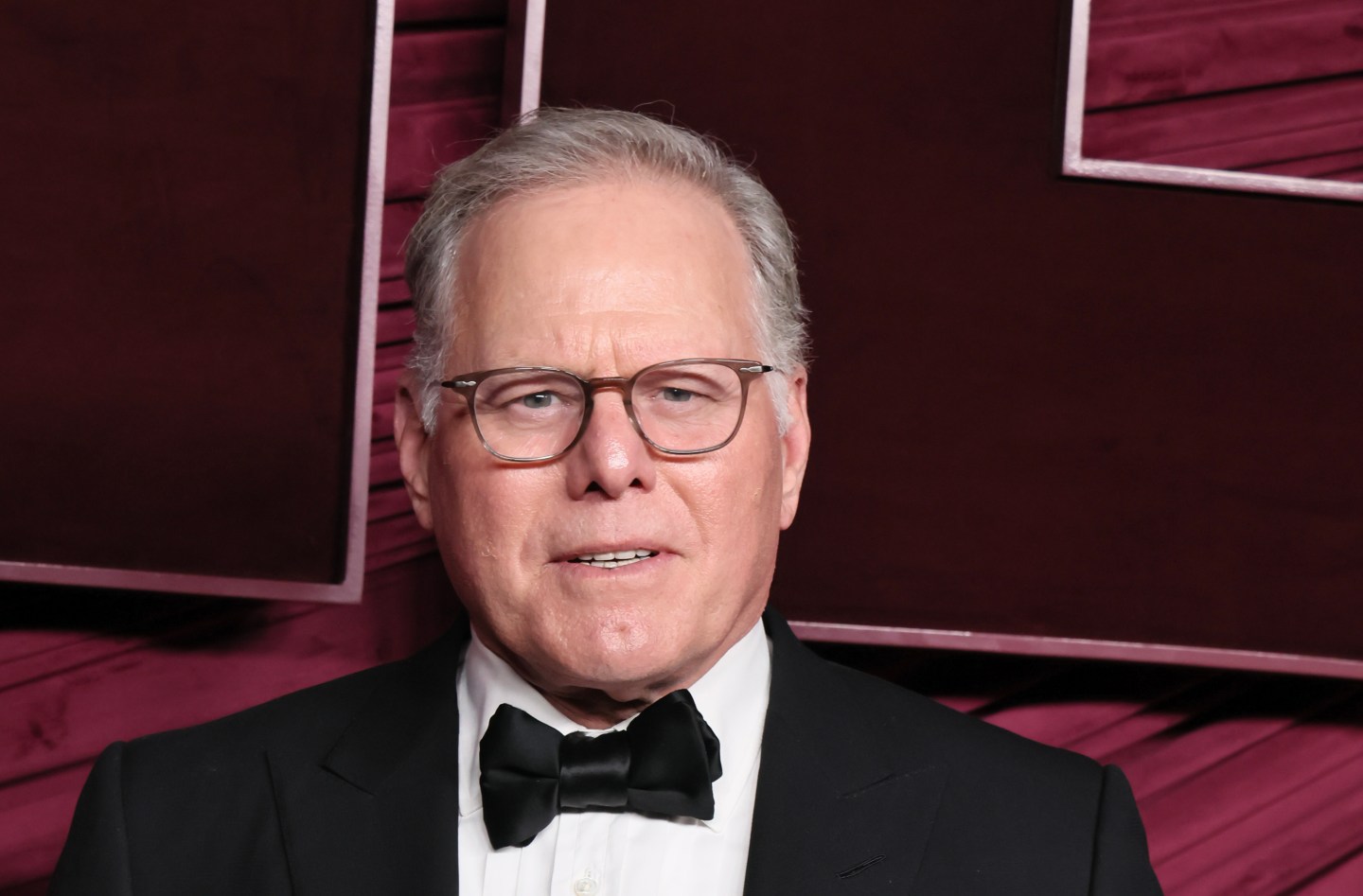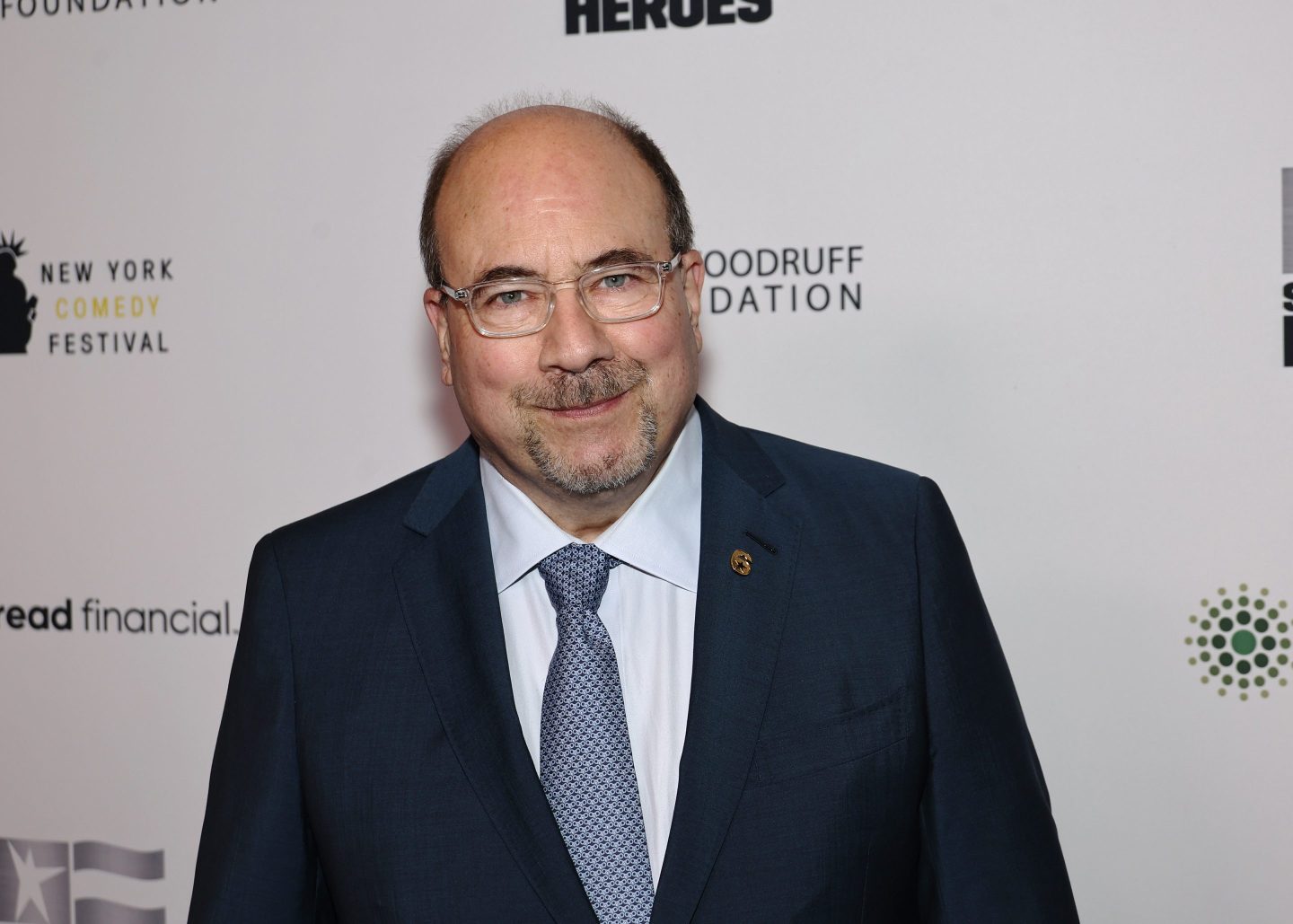Bank of America has announced a landmark pay increase, raising its U.S. minimum hourly wage to $25 as of early October. The starting salary will be more than $50,000, it added. The decisions fulfill a “25 by 2025” commitment made in 2021 and positions the financial giant at the forefront of American corporate wage policy, reinforcing its long-standing reputation as a leader in minimum pay for hourly employees across the nation.
This latest adjustment brings Bank of America’s minimum wage up nearly 67% since 2017, when its base hourly rate was $15. Prior to this change, the bank’s minimum wage stood at $24 per hour—a rate set just last year—illustrating the company’s steady dedication to raising worker compensation. For full-time employees, this new wage translates into an annual salary exceeding $50,000, compared to less than $30,000 just eight years ago. The increase impacts thousands of employees nationwide, encompassing both full-time and part-time staff.
Sheri Bronstein, Bank of America’s chief people officer, emphasized the enhanced starting salary is designed as a launchpad for long-term, sustainable careers within the organization. CEO Brian Moynihan acknowledged in a Bloomberg TV interview on Thursday, though, that the bank continues to implement artificial intelligence (AI), and this has shrunk its number of employees in some departments.
“The key to that is really redeploying people and re-skilling them,” he said. “We have to be more mindful about training them along multiple dimensions than we might have been two or three years ago.”
Economic and social context of BofA’s pay increase
The timing of this announcement is particularly noteworthy given the current labor market. U.S. employment growth has slowed, with unemployment rates steadily rising and consumer spending facing headwinds. According to a recent Bank of America Institute survey, lower-income families have experienced diminishing growth in after-tax earnings, with August marking the slowest rate since 2016. By boosting wages, Bank of America aims not only to help its workforce weather these conditions, but also to stimulate economic growth and opportunity in the communities it serves.
The company’s commitment extends beyond compensation, with additional benefits such as tuition assistance, professional development programs, career mobility resources, and robust stock award programs. Since 2017, Bank of America has distributed nearly $5.8 billion in restricted common stock as incentive awards over and above regular pay, covering over 97% of its workforce.
In parallel with the wage increase, Bank of America is intensifying efforts to broaden its workforce. Over the next five years, the company plans to hire 10,000 individuals with military backgrounds and 8,000 community college graduates, targeting new financial centers in growth markets. This hiring surge accompanies its expanded compensation structure, both of which are intended to improve job opportunities and foster economic resilience in underserved communities.
Bank of America did not immediately respond to Fortune‘s request for comment.
For this story, Fortune used generative AI to help with an initial draft. An editor verified the accuracy of the information before publishing.
